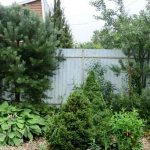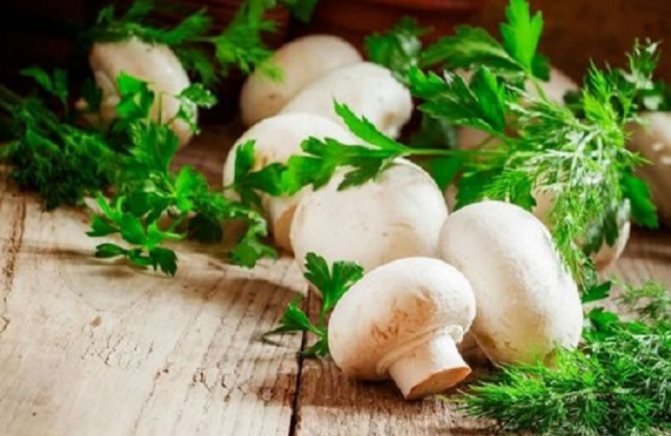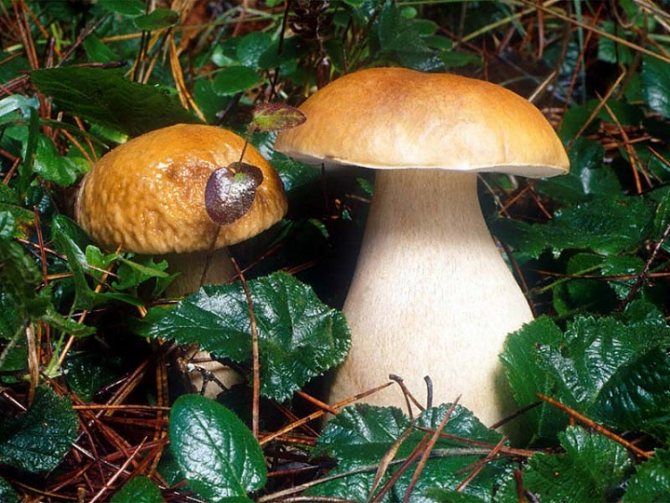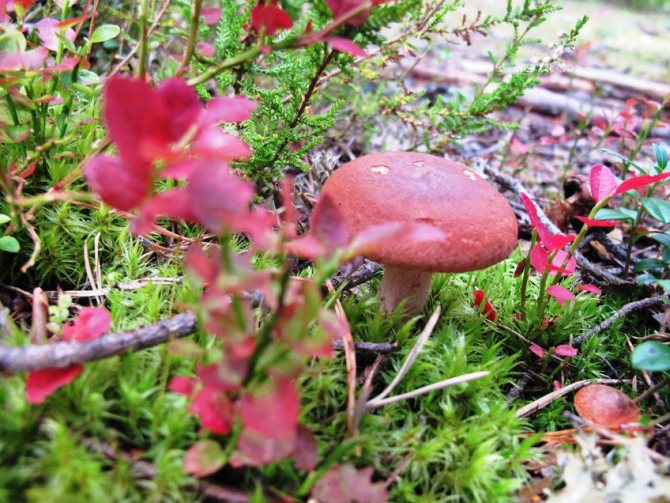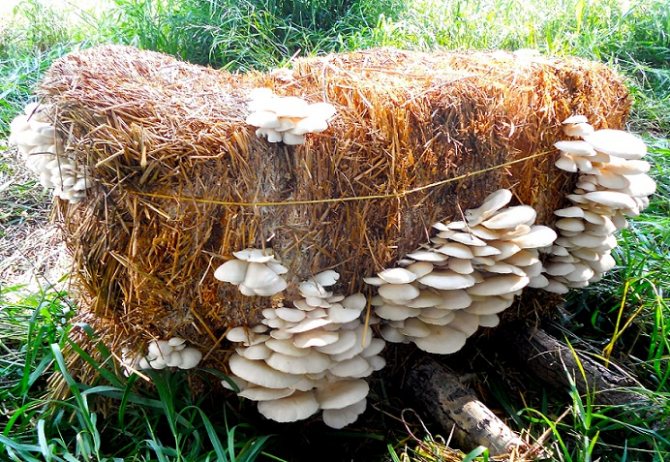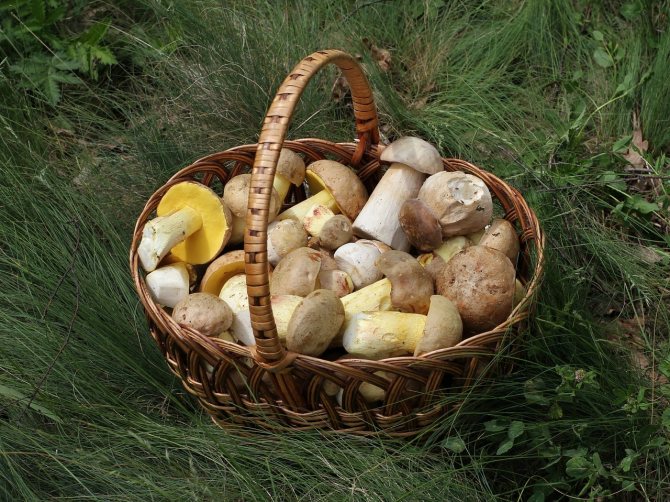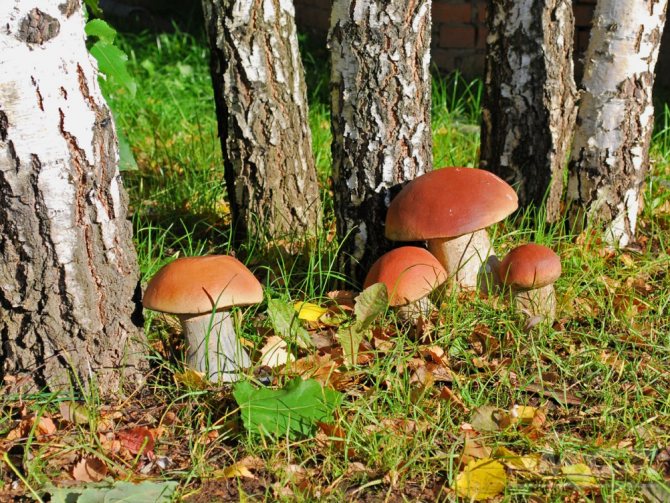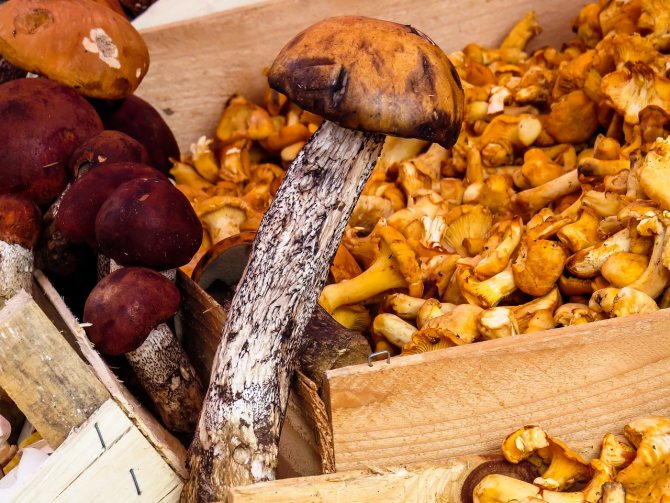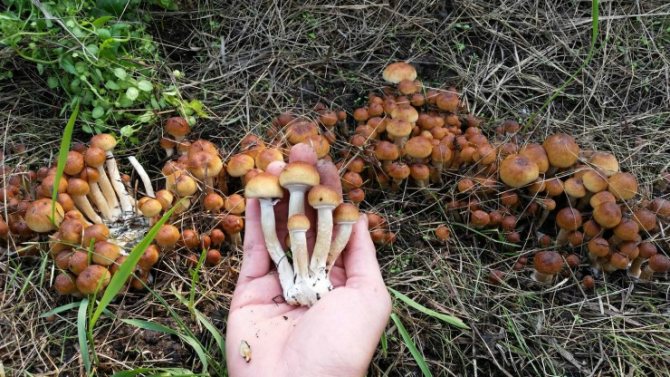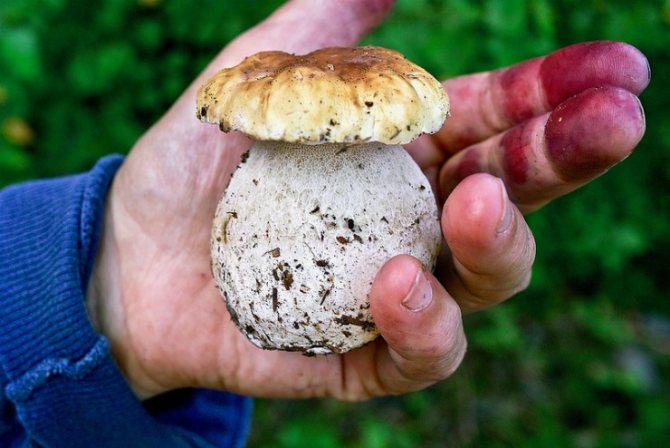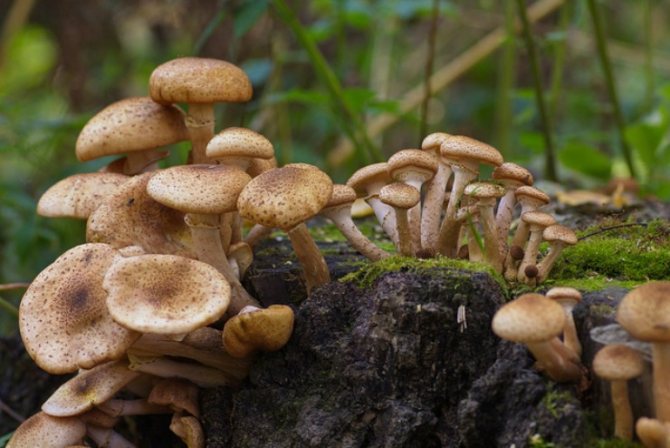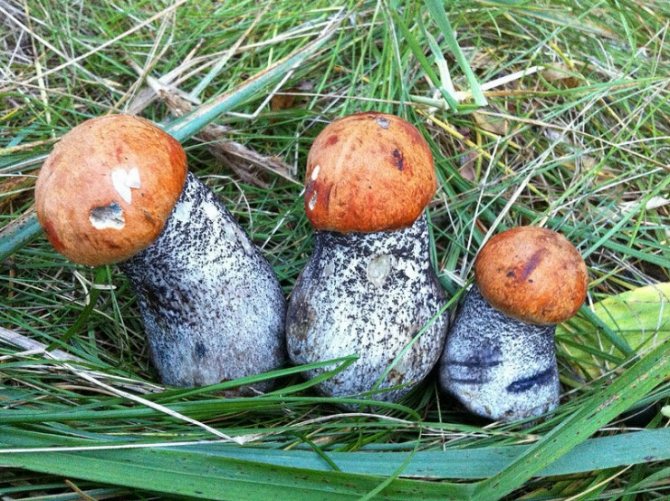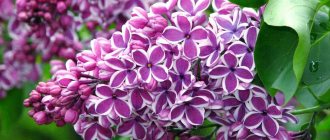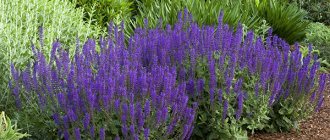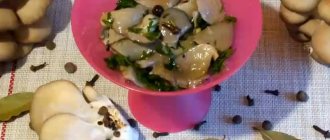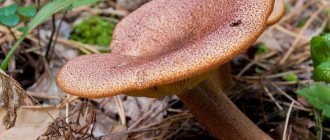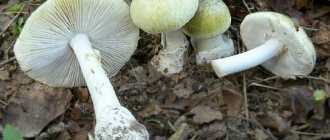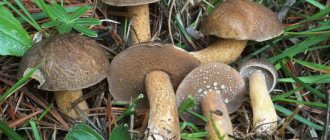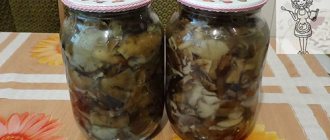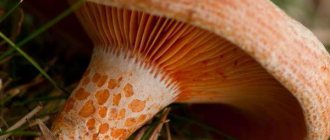Growing conditions
The main thing when getting a guest from the forest is the presence of an area with birches or spruces, pines or oaks. After all, all of the above mushrooms have a strong connection with the roots of their respective trees, and, alas, nothing will work out without them.
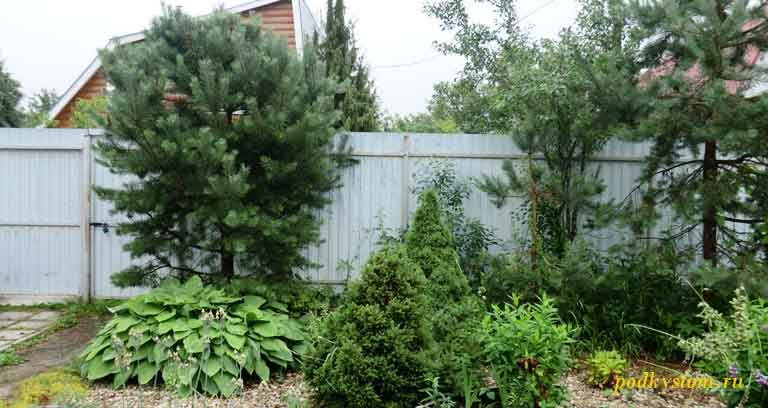
Choosing one or another mushroom, you need to be guided by which trees in your garden are suitable for their growth. The presence of birch allows boletus, boletus, birch form of porcini mushroom to appear. Spruce is a companion of camelina or white spruce form. But the chanterelle grows well with both coniferous and deciduous trees, and the honey-colored larch oiler is not averse to adhering to larch.
Which mushrooms are suitable for home growing
A vegetable garden, orchard, or a shaded lawn under trees is suitable for growing mushrooms. At home, you can breed more than 25 types of mushrooms. Growing in the garden will be effective:
- Oyster mushroom. They bear fruit from late August to October. One bush can give up to 500 g of production. The mycelium is resistant to frost and temperature extremes; it does not need to be dug out. With proper care, oyster mushrooms will bear fruit for several years.
- Morechkov. They are considered early spring mushrooms, bearing fruit in April. Morels can be regular or brown. The former have an oval cap, while the latter are longish, elongated upward with a downward extension. Externally, the hat is similar to a honeycomb. The best location for mycelium is in an orchard.
- Champignons. This variety has long been cultivated and domesticated. Any conditions are suitable for champignons. Forest fruiting mycelium is the best planting material. By planting it on the site, you can get a long-term harvest. Champignons grow in a pile of manure or a compost pit, where it is humid and dark.
- Porcini mushrooms. Successful growth is possible only when planting a tree dug out with the mycelium in the forest. This will require an adult, mature individual under 25 years of age. Porcini mushrooms grow best under a pine tree.
By choosing the right place and providing the right care, you can get a rich mushroom harvest at home.
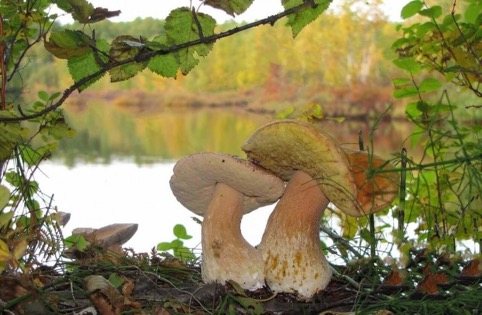

Symbiosis of mushrooms and trees
Many may wonder, where did such a strong connecting thread come from between the mushroom and the tree? Everything is pretty interesting here. The mycorrhiza plays the role of an invader, that is, twisting the roots of a tree, making its way even into the cells, it creates a kind of tandem with it (the tree) - the fungus root, otherwise mycorrhiza.
Mycorrhiza is a symbiosis (coexistence) of a tree or a shrub in close contact with a fungus, which, however, is not fully understood today. Probably, this is why we have not yet succumbed to the process of obtaining forest mushrooms in artificial conditions. But on the other hand, it is in our power to move them from the forest to our summer cottage.
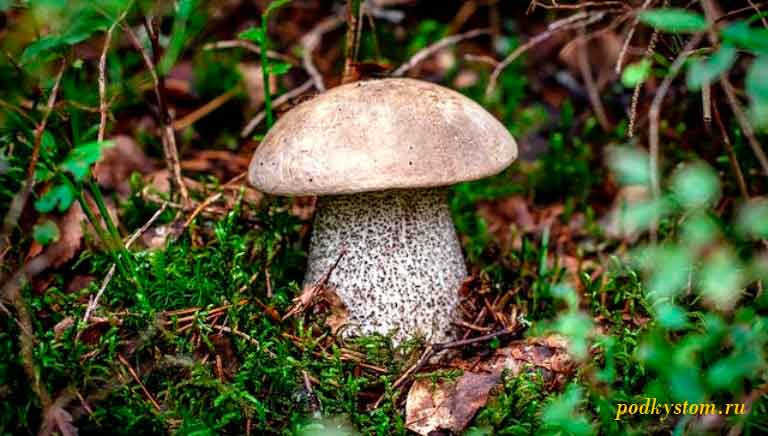

Today I want to talk about the cultivation of a noble porcini mushroom.
Not many people know that the porcini mushroom, depending on the tree with which it “breathes” closely, has 18 forms. You can recognize them by the color of his hat.
For example, the birch form is endowed with a whitish or light brown color of the cap. Favorable factors for its growth are birch forests with diverse grasses covering the soil.
A pine or upland form, which has a brown, cherry-red headdress with a plump leg, needs a pine forest where heather, lingonberry, and lichen grow. This, of course, must be taken into account when selecting a forest guest.
Many experts agree that the best age of the tree under which the settlers are grown is from 10 to 30 years.
Today, in practice, there are several ways to grow. Let's start with the oldest version, proven over the years.
How to grow wild mushrooms in your garden? The experience of summer residents
This year the forest does not indulge us with mushrooms, although lovers of quiet hunting still managed to bring prey, albeit not in such quantities as in previous years. In order not to depend on the vagaries of the weather, many summer residents have long been practicing the cultivation of mushroom plantations in their plots. As our journalists found out, this is not so difficult to do, but you have to be patient.
Home mushrooms
On the summer cottages of our reader Nina Cherkasova, you can find boletus mushrooms, russula and hazel groves. But these are not artificially cultivated mushrooms - just along one of the boundaries of the site there are birches in a row, which are more than a dozen years old. But near the old stumps in one or two years, as the hostess hopes, their own "home" mushrooms will appear.
“This year my husband and grandson brought several buckets of strong honey mushrooms,” says Nina Yakovlevna. - Clean, with a thick leg and a small hat. All waste - cleaning, trimming from the spine, wormy caps - were soaked in a bucket of cold water. They let it brew for a couple of days in the sun, but not under the scorching rays. Then, under the stumps, with rotten logs, they made a tunnel deep into the bayonet of a shovel - they poured mushroom infusion into it and covered it with earth again. In a year or two, the first mushrooms should appear. It is only important to monitor the moisture content of the soil, especially during the period when the mushrooms grow in the forest. Since spring, they themselves will be saturated with moisture from the snow. By the way, this is why it is better to plant near the stumps: healthy trees keep the water below their roots. "
Take mycelium. There are other ways to "tame" forest dwellers, though more complicated ones. For example, a mycelium transplant. To do this, you must first of all choose a suitable place on the site - preferably by deciduous or coniferous trees, shrubs. In half a meter from the trunk, remove the top layer of soil - about 20 cm.Place compost from leaves and tree dust on the bottom of the hole and sprinkle it with earth on top. After that, you can lay a layer of earth with mycelium, water and sprinkle with another layer of earth. But remember that the mycelium must be very carefully transported from the forest so as not to damage it. It is better to choose porcini mushrooms for this purpose. If the weather is dry in the first two weeks after planting, periodically water the mycelium. It is better to plant mycelium between May and September.
Another advice from summer residents is on the preparation of mushroom spores. You need to collect a pound of old, overripe mushrooms, tear the caps into small pieces, add 1 tablespoon of flour, 10 grams of gelatin to them, pour all this with 2 liters of water and mix slightly. Pre-moisten the sowing site, and then evenly pour the finished mixture on the garden bed. The harvest will be in about two seasons.
Important: you need to prepare this mixture no later than 10 hours after collecting the mushroom caps. Frozen mushrooms cannot be used.
There is also another recipe. The caps of overripe mushrooms must be cut into large pieces and dried for a couple of hours in the open air. Then loosen the ground under the tree a little and put the caps on it with the spores down. When loosening the earth, it is advisable to add leaves to it. All this is done within a radius of up to one meter from the tree trunk. Then the planting site should be lightly watered. After four days, the mushroom caps can be removed, and the place can be moistened again.
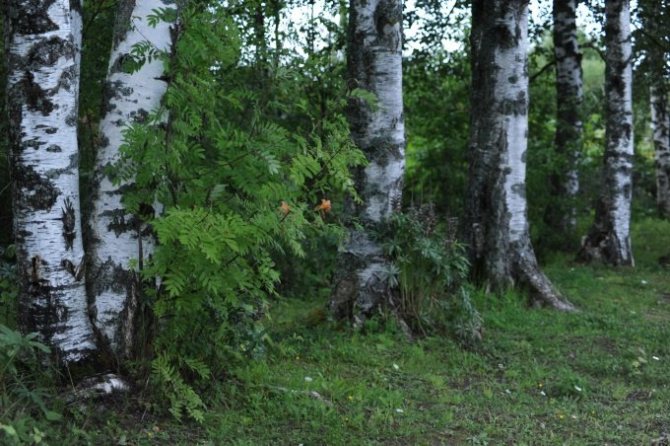

Mycelium to help
You can also buy ready-made mycelium, that is, mushroom spores.It is available in some garden shops. Store the mycelium in a cool place, and check how alive it is before planting. To do this, shake the package well and leave it in a warm place for three to four days. Active mycelium will begin to grow, and a mushroom aroma will come from it, and a sour smell will spread from the unsuitable for planting.
The first step of planting is the same as in the previous case: you need to choose a suitable place - in the shade, where the soil is moist. At a distance of half a meter from the tree, it is necessary to dig a hole to a depth of 0.5 m.Then prepare a substrate from dust, sawdust and leaves and lay it on the bottom of the hole - a layer of 20 cm is enough.Place on top with soil (about 10 cm) and a mixture of soil and compost. And already on top of this "puff cake" lay the mycelium mixed with earth. Sprinkle on top again with soil, water and cover with fallen leaves.
After planting, the mycelium must be watered regularly. Some summer residents practice sweet feeding - an infusion of 10 g of sugar per 10 liters of water. With good conditions and care, the first mushrooms will appear in a year. The planted mycelium can bear fruit from two to five years.
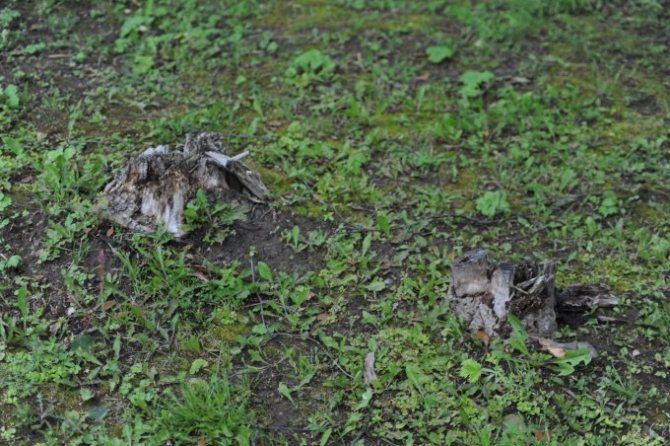

Who is the neighbor?
Of course, mushrooms grow in certain conditions, unlike most inhabitants of the garden and garden, they do not like the scorching sun - they dry out quickly under it. So it is better to choose a shady and as damp place as possible. Only morels love heated open meadows. If there are no corners hidden from the sun, then you can create them yourself using a shading mesh, agrofibre, or just a piece of slate. But still, mushrooms need light, so do not strive to make a completely closed area.
Another important point is the proximity to plants. It doesn't matter for oyster mushrooms, mushrooms, honey agarics, reishi, but aspen mushrooms, for example, will never grow under cherries. For chanterelles, the best neighbors are oak, beech, spruce, pine, birch. If there are these trees on the site, you can try to sow chanterelle spores by scattering pieces of old mushrooms or watering the soil with prepared spore solution (soaked mushroom waste). The chances of growing a chanterelle from mycelium or mycelium are very low.
Porcini mushrooms also love pine, spruce, birch and oak. Red boletus will grow only close to aspen, pine boletus is friends with pine, yellow-brown boletus - with birch, oak boletus - with oak, boletus - with birch, mushrooms - with pine and spruce.
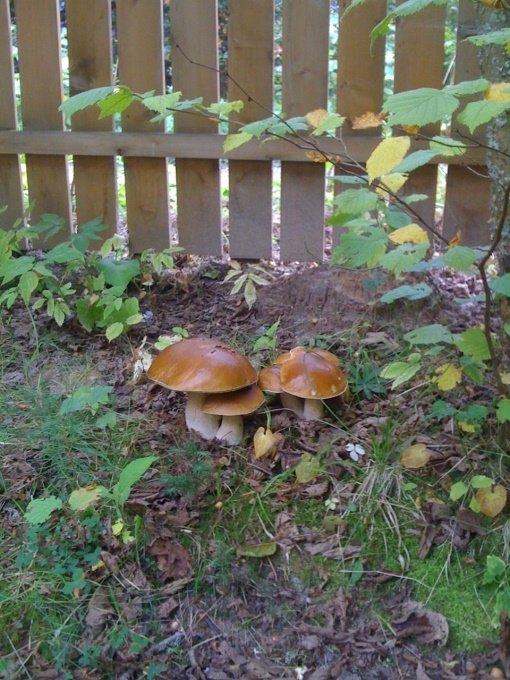

Elena Malysheva, newspaper "Voice of Cherepovets"
The second option (transfer of mycelium)
From the site where the species of mushroom chosen for transplanting grew, without haste, we carefully pick out not very large (almost from a box of matches) fragments of the mycelium, which we put in shallow holes dug in advance. As a rule, we distribute the pieces of mycelium at a distance of 1.5-3 m from each other along the perimeter of the tree crown.
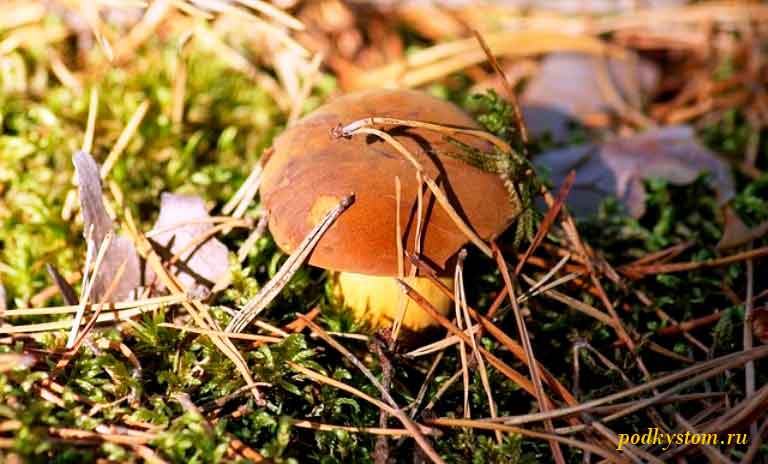

After that, we cover them with a prepared bedding of ripe leaves or needles. Wet it a little, but don't water it. If it is very dry outside, then the coating, under which there are hidden elements, is periodically sprayed a little. It is necessary to ensure that the ground below is always moist.
White mushroom on the site
With the "king of mushrooms", as the porcini mushroom is often called, the situation is somewhat more complicated. From a financial point of view, it is not profitable to grow it due to the mass of difficulties, but some amateurs consider this particular activity to be the most exciting. The main problem of the porcini mushroom is its too complex symbiosis with forest flora.


Mushrooms on the site
The mycorrhiza of the porcini fungus grows together with the roots of the trees on which it grows, forming mycorrhiza. Therefore, for growing porcini mushrooms in the country, you need to create special conditions under which mycorrhiza forms. Optimally "organize" on the site a kind of coniferous or deciduous forest.
The very method of growing porcini mushrooms on the site is quite simple. To do this, pour rain (and no other) water over the overripe porcini mushrooms and let them brew for 24 hours. Then the water needs to be filtered and poured over the area defined for porcini mushrooms. After that, you need to put the dug out pieces of mycelium into small depressions, moisten and cover with a grass mat. If the weather is damp enough, then moisture will only be required when the mycelium is planted. But if there is no rain, the planting will need to be regularly sprayed with water. But there should be no watering - only sprinkling.
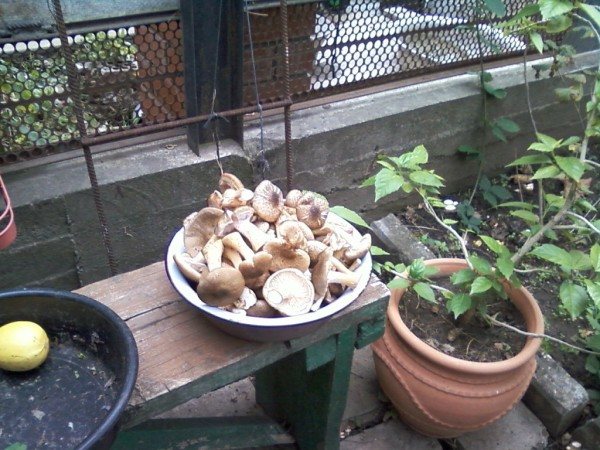

Mushrooms on the site
On the litter loosened under the trees, you need to put the recently ripe caps of porcini mushrooms. After three days, the caps must be removed, and the bedding must be thoroughly moistened. If the caps are dry, they should be placed under the bedding. You can also plant a mushroom leg. To do this, the tubular part is separated and crushed into pieces about two centimeters in size. Then the litter is gently lifted with a wooden spatula and three pieces of the tubular part of the fruiting body are placed under it. The litter is then carefully compacted and lightly watered.
If everything was done correctly, in a year there will be a small harvest of porcini mushrooms. You should not count on abundance - perhaps there will be only two or even one. But this is not a bad result either. In another year, the harvest will be much larger.
How to properly transfer mycelium
If you want to use the first method and just transplant mycelium, then you can even do this simply by finding a forest mushroom of the type that suits you. Of the advantages of this method, you can immediately notice the already ripe and mature mushroom, as well as its active action will begin after a short period of time to improve the ecology of your site.
transplant mycelium
And so, you need to find the right mycelium, carefully dig it out. Then you need to find a place on the site. Places in the shade or under foliage are suitable. A site near a coniferous or deciduous tree is perfect and prepare a site for planting.
Method 3 - Mushroom "seedlings"
This method is more complicated, but brings better results, since the seeds (mycelium) of the fungus will be adapted to planting and have a sufficient forage base.
- select old, overgrown mushrooms
- place them in a container or bucket
- fill with rainwater or well water (do not use tap water)
- place the container in a dark room with a constant temperature of about 20 degrees for several days. After a while, the mushrooms will creep onto the threads.
- add gelatin and wheat flour to the mixture, one tablespoon at a time, stirring with a wooden spoon or stick
- spill this solution over the areas you have designated for growing mushrooms.
After a year, the spores of the fungus will germinate, penetrate into the root system of the tree, and after 2-3 years they will begin to bear fruit.
There is another option for awakening spores: after you grind and pour water over the old mushrooms, you need to add "French" (dry) yeast to this mixture at the rate of 2 teaspoons per 1 liter of the mixture.
After a month, the pulp of the mushrooms will settle to the bottom, and you can use the resulting liquid for sowing. Keep in mind that the solution turned out to be concentrated. For seeding, add 1 cup of solution to the barrel of water.
After that, you can start sowing mushrooms: use a garden watering can to shed the trunks of those trees under which the mushrooms will grow.
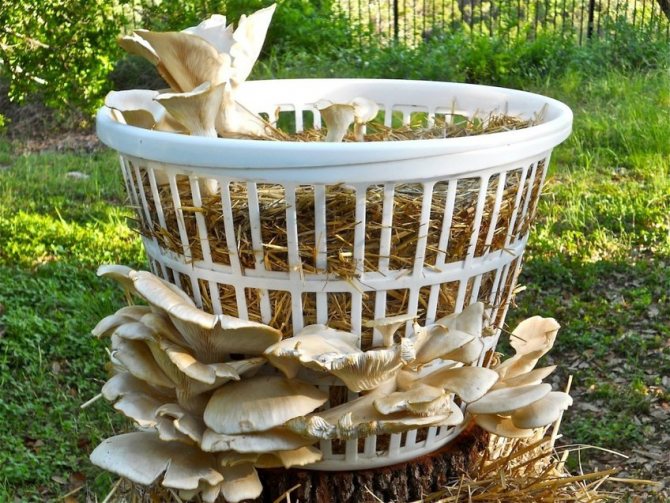

Landing
The best period for sowing mushrooms is from May to September. To propagate the mushrooms in the garden in one of the above ways, pick up a place about 50 cm from the tree and remove the top layer from the soil. Cover the area with a mixture of dead leaves, sawdust and dust. Then combine the same mixture with the soil and cover it on top of the first layer. The thickness of each layer should be about 10 cm.Then, depending on the method, apply a mixture of mycelium with a growth accelerator on top and carefully tamp or place the mycelium brought from the forest. Sprinkle soil over the area, water it well and cover with fallen leaves (current or last year, depending on the season).
If you wish, you can sow spores or mycelium into a ready-made substrate, which is sold in some garden centers. Some varieties (oyster mushrooms, for example) need to be bred in an upright position, so they will need boxes with holes on the sides or hanging bags. Sowing is desirable in cool weather.
Growing mushrooms require minimal maintenance - you just need to make sure that their area does not dry out. Vertically growing varieties must also be sprayed. In spring, for some species, it is advisable to add a growth activator to the soil (if you use industrial mycelium, this may be indicated on the package). Mushrooms do not need any other kind of feeding. Moreover, it is impossible to loosen the soil, which can damage the mycelium.
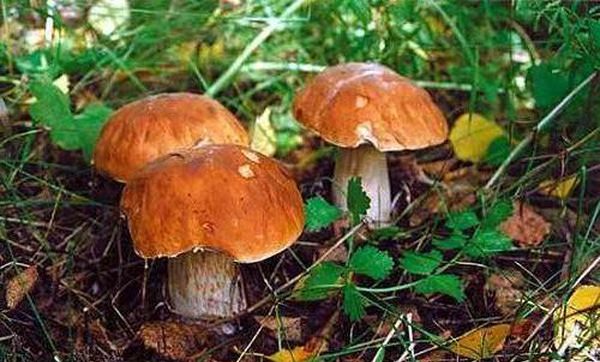

Mushroom picking
There is such a rule - the more often the crop is harvested, the more mushrooms grow. In place of the harvested fruiting body, under favorable conditions, a new one immediately grows. So harvest constantly. This should be done even if only 1 fruiting body has grown. Its elimination stimulates the activity of the mycelium.
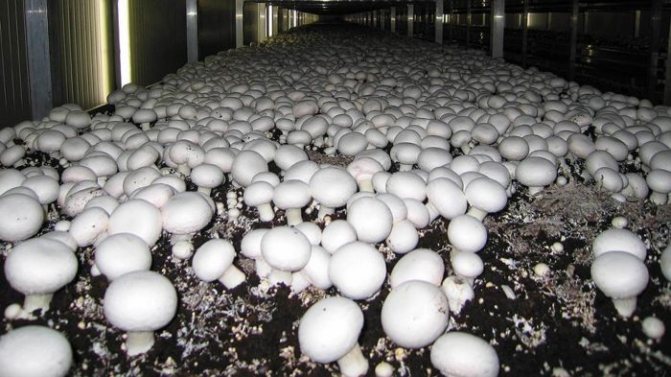

Growing mushrooms in a greenhouse.
This is a must try! 5 ways to turn plums into a winter treat
Plum is a fruit so rich in taste and color that you want to eat it all year round. That is why we offer you several options for preparing blanks for the winter from this universal ...
10 August 2020, 10:10
Any of these methods has its own characteristics and nuances. Each mushroom picker can choose exactly the method that suits him according to various criteria. We will give examples of how to grow mushrooms so that the result is as positive and fruitful as possible.


Photo:
Container way
One of the most common, but also the most financially costly. It is based on planting mycelium in specially designed, pre-processed wooden boxes, in which the process of its development actually takes place. In addition to the fact that the cost of equipment and material supply of this method is quite large, it is not suitable for everyone.
Regimental method
The second, separate method is the regimental. It has become widespread among qualified mushroom pickers due to the bulk of the harvest. But like the first method, it has significant disadvantages:
- Poor ergonomics.
- Inconvenience in planting mycelium and collecting mushrooms.
- Time consuming process of filling the shelves with substrate.
- Expensive equipment.
- You need a large area for arranging shelving, etc.
It should be said that the regimental method of organizing mycelium, although it is difficult to execute, is much more practical and more durable than the container one.
Burial method
The burial method is perhaps one of the most affordable. The essence of its application lies in the preparation and equipment of the cellar premises with special flooring, followed by the placement of the substrate, on which the whole process of mushroom cultivation will take place. The substrate is fertilized, cleaned and filled with moisture to the required state. Then comes the standard procedure for sowing the soil with fungal spores. Although this method is one of the most common, it also has disadvantages, including:
- possible inconvenient location or structure of a cellar, basement or other room;
- the need for manual mechanical formation of rows for disembarkation;
- frequent infection of the compost with bacterial infections, etc.
Good mushroom harvest when using a special solution
One of the ways to obtain seed material for mushrooms is to prepare a solution of spores (spore suspension). To do this, you need to take the mushrooms (it is better if they are slightly overripe), break the caps and soak them in water for a day.
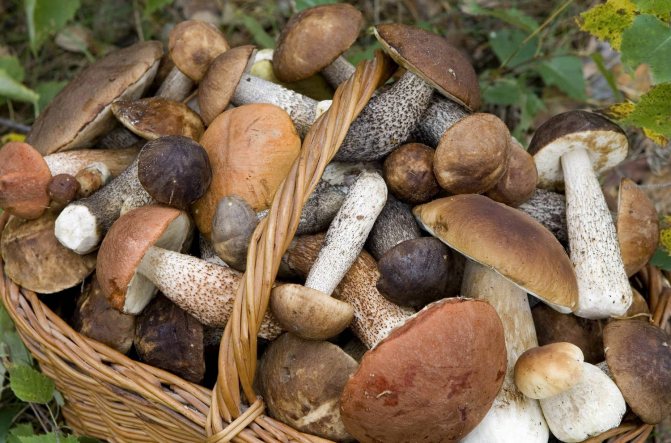

Mycorrhizal fungi are best collected under the trees under which they are planned to be grown in the garden.
Some sources recommend adding sugar to the solution as a nutrient medium, about 5-10 grams per 10 liters of water.
There is also a method for activating spores using yeast. Any yeast is added to the sweetened water in which the pieces of mushroom caps are soaked in order to induce fermentation.
In the future, areas promising for growing the selected type of mushrooms are watered with such a solution.
Mushroom seed, spores, get into the ground with water, where they germinate and form a mycelium with a successful outcome of the event.

